
Toshifumi Hinata – Reality In Love, 1986


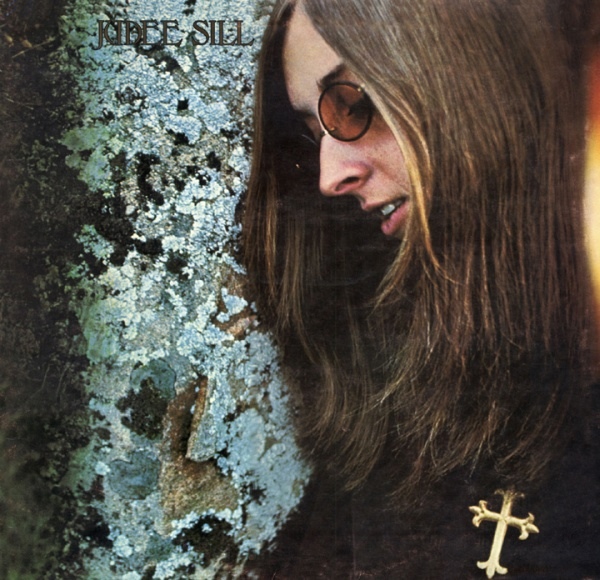
Guest post by Cora Walters
The more I listen to Judee Sill’s music, and specifically this album, the more I come to think of it as a church. The perfect soundtrack for finding your way. Her earnestness and skill as a singer and lyricist certainly rank her among the sweet sirens of the seventies–Joni Mitchell, Vashti Bunyan, Karen Dalton, Linda Perhacs, Bridget St. John, Nico–but what sets her apart is her constant craving. Surreal parables swirl around, clutching to make contact or to make sense of the world and her place in it. Each song is a hymn of her own mystical making. Even at its most baroque (“The Archetypal Man”), twangy (“Ridge Rider”), or pop (“Jesus Was a Cross Maker”), she’s driftin’ and “lopin’ along” some serious terrain–the rocky road to salvation.
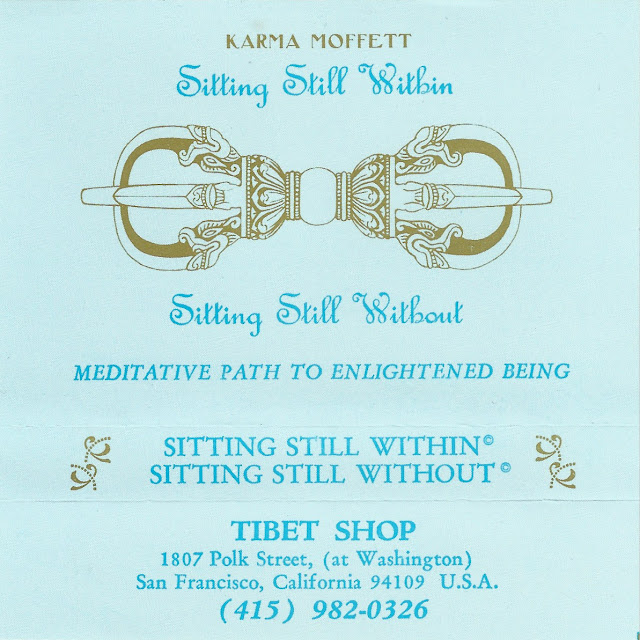


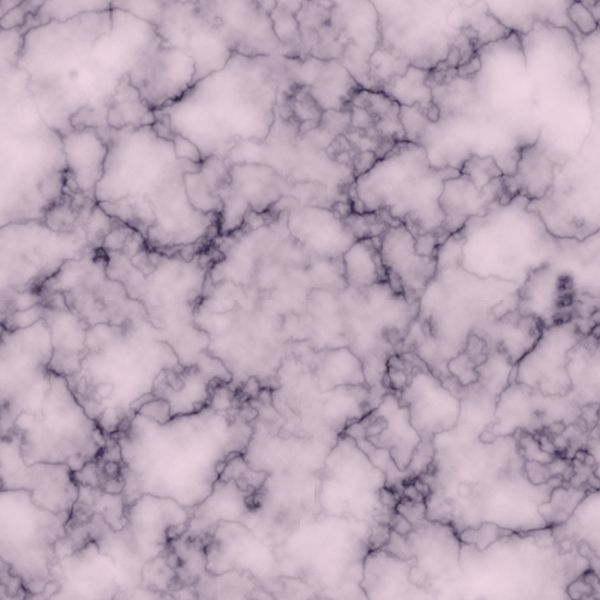
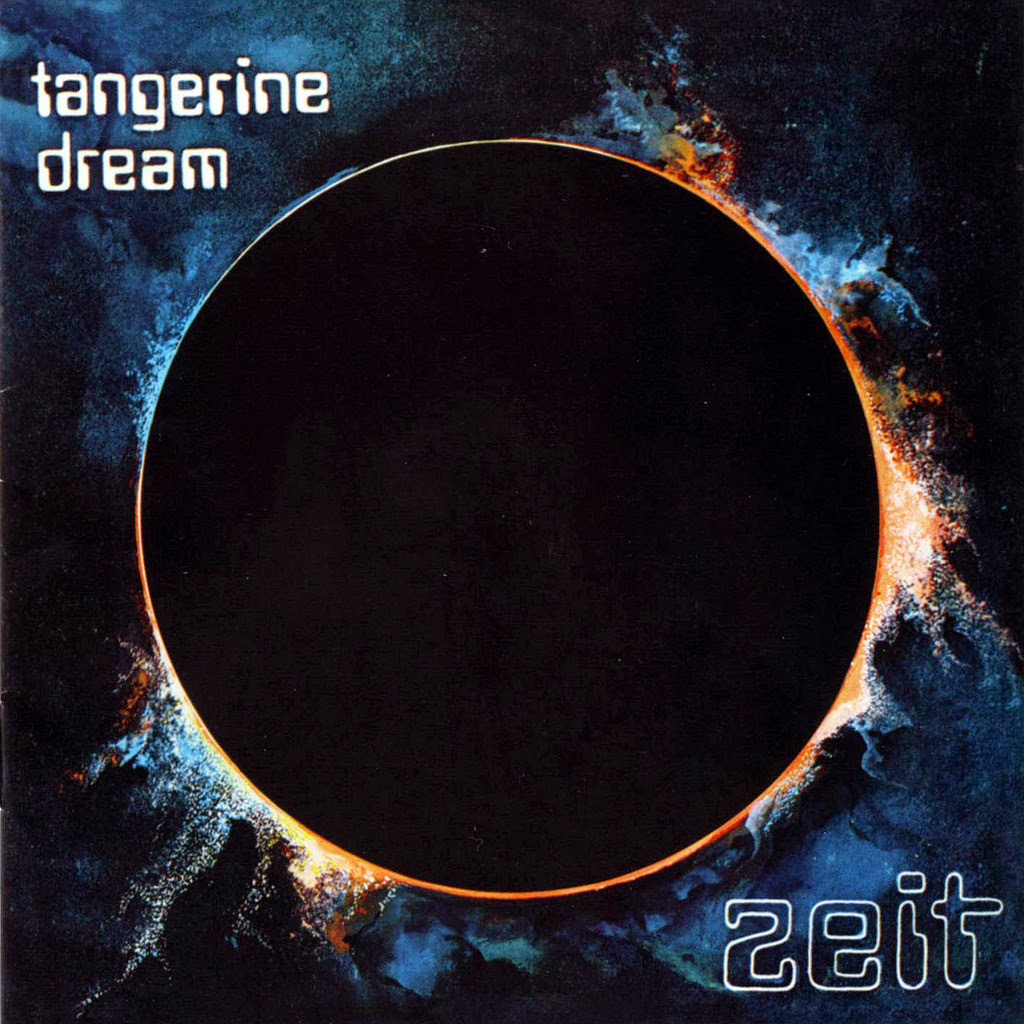
I spent this last weekend listening to Zeit after reading about Edgar Froese’s passing, and have found it difficult not to hear a funeral dirge, a tacit acknowledgement by Froese some forty odd years before the fact that he will be gone someday, that we’ll all be gone someday, that all the planets and the stars and space and music and possibility, it’ll all be gone. But I’m still here. And though I’m not sure that it was impossible for me to recognize and relate to the themes contained in Zeit as younger man, I certainly understand them better now. It only took me a little time to figure it out.

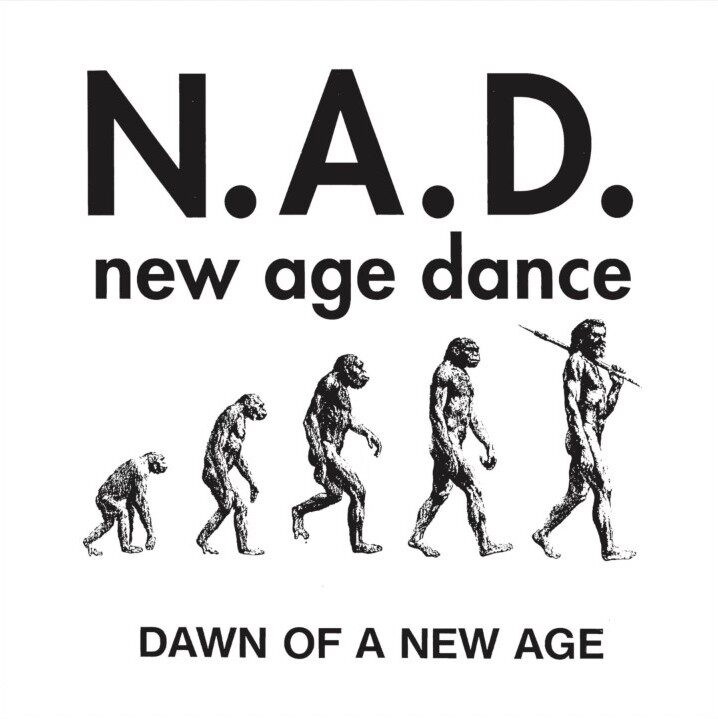

Guest post by Collin Crowe